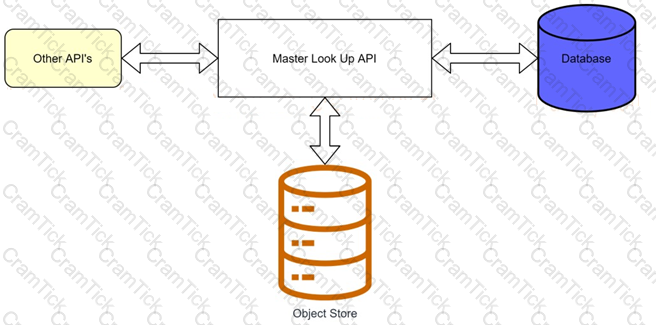

MuleSoft Certified Integration Architect - Level 1 MAINTENANCE
Last Update Dec 21, 2025
Total Questions : 116
Why Choose CramTick

Last Update Dec 21, 2025
Total Questions : 116

Last Update Dec 21, 2025
Total Questions : 116
Customers Passed
MuleSoft MCIA-Level-1-Maintenance
Average Score In Real
Exam At Testing Centre
Questions came word by
word from this dump

Try a free demo of our MuleSoft MCIA-Level-1-Maintenance PDF and practice exam software before the purchase to get a closer look at practice questions and answers.

We provide up to 3 months of free after-purchase updates so that you get MuleSoft MCIA-Level-1-Maintenance practice questions of today and not yesterday.

We have a long list of satisfied customers from multiple countries. Our MuleSoft MCIA-Level-1-Maintenance practice questions will certainly assist you to get passing marks on the first attempt.

CramTick offers MuleSoft MCIA-Level-1-Maintenance PDF questions, and web-based and desktop practice tests that are consistently updated.

CramTick has a support team to answer your queries 24/7. Contact us if you face login issues, payment, and download issues. We will entertain you as soon as possible.

Thousands of customers passed the MuleSoft MuleSoft Certified Integration Architect - Level 1 MAINTENANCE exam by using our product. We ensure that upon using our exam products, you are satisfied.
A banking company is developing a new set of APIs for its online business. One of the critical API's is a master lookup API which is a system API. This master lookup API uses persistent object store. This API will be used by all other APIs to provide master lookup data.

Master lookup API is deployed on two cloudhub workers of 0.1 vCore each because there is a lot of master data to be cached. Master lookup data is stored as a key value pair. The cache gets refreshed if they key is not found in the cache.
Doing performance testing it was observed that the Master lookup API has a higher response time due to database queries execution to fetch the master lookup data.
Due to this performance issue, go-live of the online business is on hold which could cause potential financial loss to Bank.
As an integration architect, which of the below option you would suggest to resolve performance issue?
An organization has an HTTPS-enabled Mule application named Orders API that receives requests from another Mule application named Process Orders.
The communication between these two Mule applications must be secured by TLS mutual authentication (two-way TLS).
At a minimum, what must be stored in each truststore and keystore of these two Mule applications to properly support two-way TLS between the two Mule applications while properly protecting each Mule application's keys?
Insurance organization is planning to deploy Mule application in MuleSoft Hosted runtime plane. As a part of requirement , application should be scalable . highly available. It also has regulatory requirement which demands logs to be retained for at least 2 years. As an Integration Architect what step you will recommend in order to achieve this?